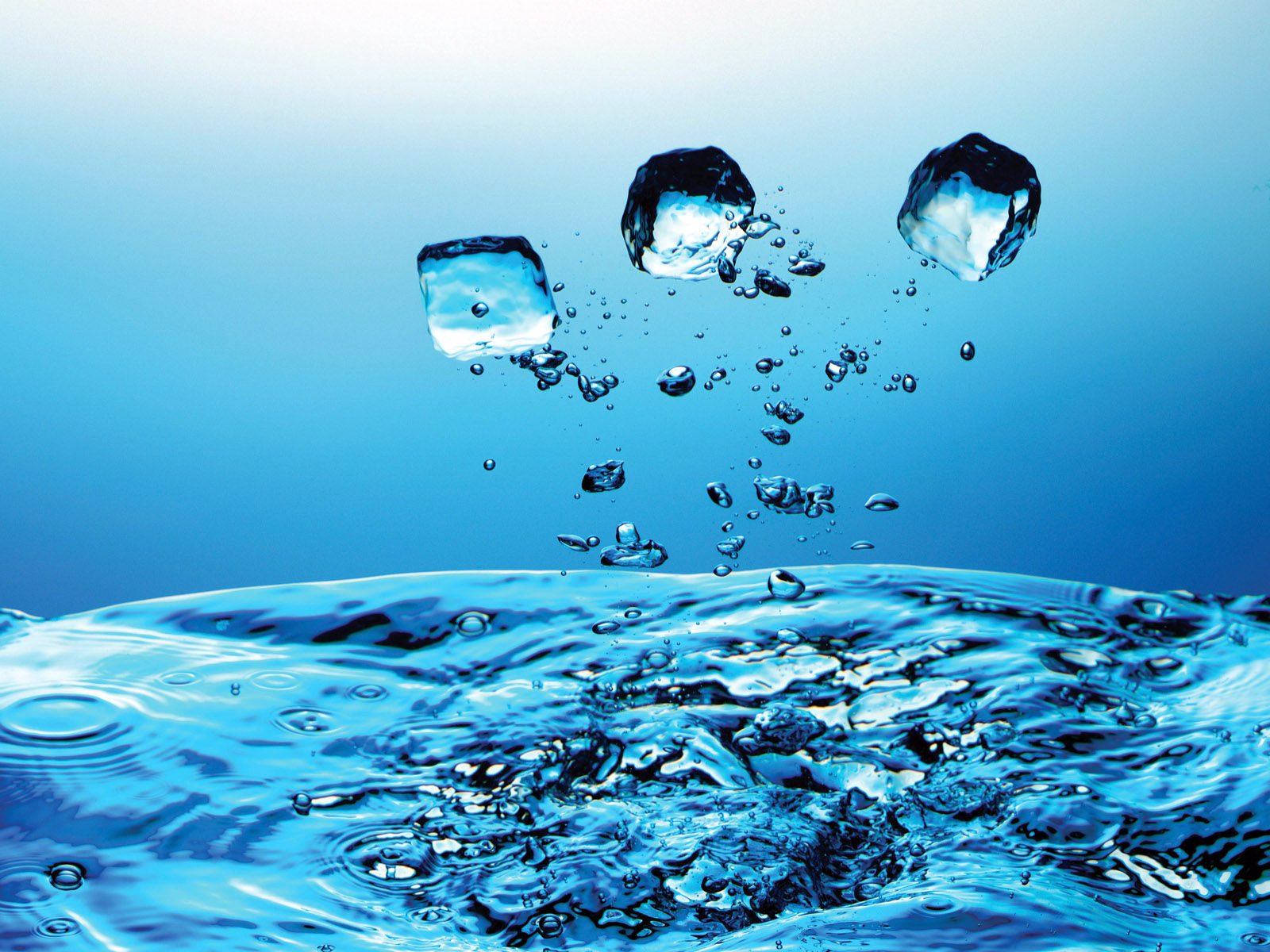Advanced technologies in water purification Engineering - Part 1

Water, to be more precise clean water is the elixir of life. As we all are aware that we need pure water to survive, so also for the need of energy and agriculture production. Sadly, if we see there is not enough of drinking water in many places, so it is hard to meet the requirements of all the people in the world. However, we have good news as there are a lot of new and upcoming technologies for advanced water purification.
The Need of Water Purification
- As we know that water is the main source, and it is very true the water that flows out of taps in the majority of countries now is safe and clean. However, there are still causes to be worried about. Here are some eye-opening facts
- As per United Nations, 2012 Survey, more than 11% of the global population — which is equal to seven eighty-three million people does not have contact with potable water.
- Owing to the reality that people make use of water for activities like washing and waste clearance, and irrigating crops, it is one of the easy for sources of water near a human population to get impure.
- If the resources of clean water are not stored properly, then as per an international survey they will be a huge shortage of clean water in places like Africa, China, India, and The Middle East by 2025.
- Due to heavy contamination in the water; many people are in direct contract with water-borne disease-causing microbes or pathogens.
Let us look at some of the advanced Inventions of 2013 & 2014 In Water Purification Technologies
High Tech Equipment with Sunlight
BY March 2014, a team of researchers along with Anne Morrisey from Dublin City University had introduced a new technology; with which they hoped to deliver an easy water purifying system which utilizes sunlight. The system incorporates a cocktail of two ingredients – TiO2 catalyst & graphene. A catalyst is something that quickens a reaction without being utilized itself, but which usually relies on UV light. The group found the best TiO2 shape which would enable it to be active in visible light and so useful. The oppressive graphene catches the pollutants as they flow through, thereby increasing the proximity towards the TiO2 catalyst.
However, the system is not created to be the first line purification system; Instead, it can be used to rid water of obstinate and damaging molecules following the former’s action by typical methods. There is hope that the system could remove pesticides, pharmaceuticals and other possibly damaging pollutants from water to make it fit for consumption. It being sunlight-powered, the system is a simple solution to a major problem. Altering existing purification systems to remove residual compounds is not feasibly owing to the high expense involved. Ideally, the system would be so made as to suit water pipes in zones where water treatments on a large scale are not yet practical.
Aquaporins — UPW
There is an emergent industrial thirst for “ultrapure” water (UPW) but, unfortunately, water filtration methods prove to be very unsustainable and energy consuming. Enter Aquaporin, the winner of the European inventor award 2014. The invention uses the natural movement of water among single cells in nature and the features of the proteins assisting this movement. These proteins termed aquaporins, allow water to move among cell membranes while obstructing the passage of contaminants such as minerals and salts. The inventors included this principle in a “biomembrane” technology.
The common water filtration methods guide contaminated water through a set of increasingly fine-pored filters at powerful pressures; a greatly energy-consuming process, more complicated by the possibility of pores becoming clogged. With respect to the new invention, it utilizes the process of “forward osmosis” for carrying water molecules through a membrane involving aquaporins merged in a backing layer.
The Aquaporin filters are delivering energy-saving techniques in order to purify water into the ultra pure state for industrial applications. The next step would involve the technology being applied to large-scale purification plants to clean industrial wastewater and desalinate seawater – a foremost contribution to drinking water supplies across the globe. The UPW got from the Aquaporin membrane is suitable for the photovoltaic and semiconductor industries, where even the minutest of particles could harm components in the nanometer variety.





